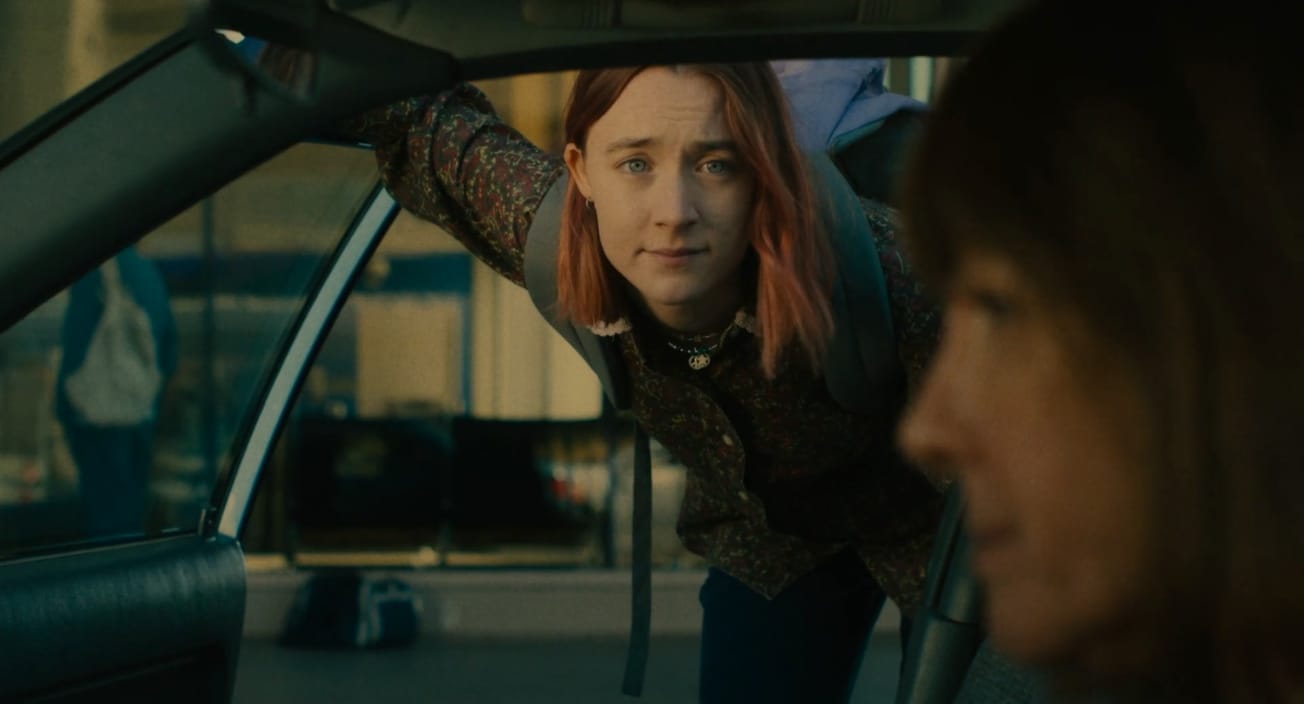“With hits like ‘Everything Everywhere All At Once’, A24 is carving out its own niche in modern cinema, distinct from Marvel’s superhero formula.”
By Olivia Howard, Third Year, Geography with Study Abroad
Marvel and A24 operate in different cultural spheres, but both shape modern cinema as we know it. When film enthusiasts hear ‘Is A24 the New Marvel?’, their initial reaction might be, ‘No, of course not!’. Marvel is an entertainment giant, known for its comic books, box office sensation films, TV shows, spin-offs, and merchandise. In contrast, A24, often dubbed the ‘Indie Darling’ of the film industry, championing challenging, niche, and stylistic films. However, with A24 gaining traction through recent works such as the seven-time Oscar winner ‘Everything Everywhere All At Once’, the company has established itself as a powerful player in the art world. Since its founding in 2012, hits like ‘Spring Breakers’ (2013) and ‘Ex Machina’ (2014) have shown how this production company can appeal to mainstream audiences.
Marvel churns out formulaic superhero storylines with interconnected universes every year. This technique of featuring well-loved characters in their own worlds as well as in peripheral worlds, proves to lure a wide variety of fans into each new release. With the cinematic universe extending its influence onto theme parks, Halloween costumes, memes, and pop culture, the commodification and repetition of structure have led to criticisms that Marvel is past its prime, while A24 is perhaps rising into its own.
Generally, A24 focuses on standalone films, with connected movies like “X,” “Pearl,” and “MaXXXine” being obvious outliers. However, A24 has been formulaic, often employing theatrical cinematography, particularly in their growing horror/thriller genres. Despite appearing a little contrived at times, this approach proves to be attractively artsy, increasing the impact of their plotlines amongst audiences. Thus, A24’s huge successes and distinct styles are curating a cinematic universe of its own – one that is inherently distinct from Marvel’s.

Marvel films typically include the five main character types: the hero, the mentor, the sidekick, the villain, and the love interest. This purposeful curation ensures there is something for everyone, attracting not only dedicated fans but also families, friends, and casual viewers. This broad scope of appeal has led to Marvel’s significant market penetration and commercial success.
In contrast, A24’s niche films challenge conventional boundaries and attract a specific, dedicated audience. Their films often push the envelope in storytelling, cinematography, and thematic content, appealing to viewers seeking a diversion from mainstream cinema. A24’s merchandise, only largely available on their website, caters to these loyal fans and reinforces the brand’s exclusive appeal. This approach has purposely, and cleverly, provided their viewership with the sense that their content is more refined, artsy, and alternative than the mainstream media.
Marvel’s big-budget films provide widespread exposure and offer significant career advancements for actors - but they can also pigeonhole careers. Scarlett Johansson and Mark Ruffalo have successfully balanced their superhero roles with emotionally complex performances in films like ‘Marriage Story’ and ‘Poor Things’. In contrast, actors like Ryan Reynolds have been repeatedly cast in similar roles potentially due to their typecasting from Marvel success. A24, on the other hand, offers creative freedom and critical industry recognition, allowing actors to explore a wider range of characters and develop artistically as a result. While Marvel might offer higher initial salaries, A24 nurtures artistic talent and provides a platform for acclaim. This is arguably more beneficial for up-and-coming actors, as a role in an A24 film can serve as the starting block that launches them into a broader acting career.

Ultimately, Marvel’s (perhaps declining) mainstream appeal, global reach, and cultural dominance is unmatched. It has crafted a universe that fans young and old adore, establishing itself as a household name. A24’s growing popularity has also captured the cultural zeitgeist, just in a different field, as they dominate the indie scene which yields disparate fans and actors. While Marvel has won over the mainstream film world, A24’s influence on this is slowly but steadily growing, making a comparison of the two fascinating and this space an interesting one to watch.








